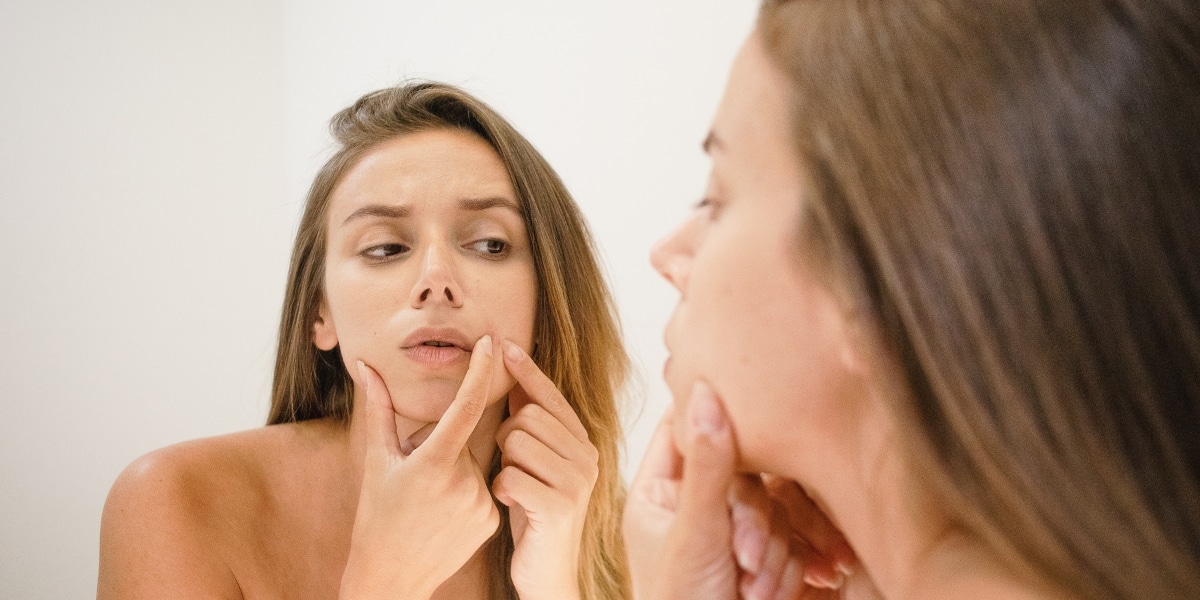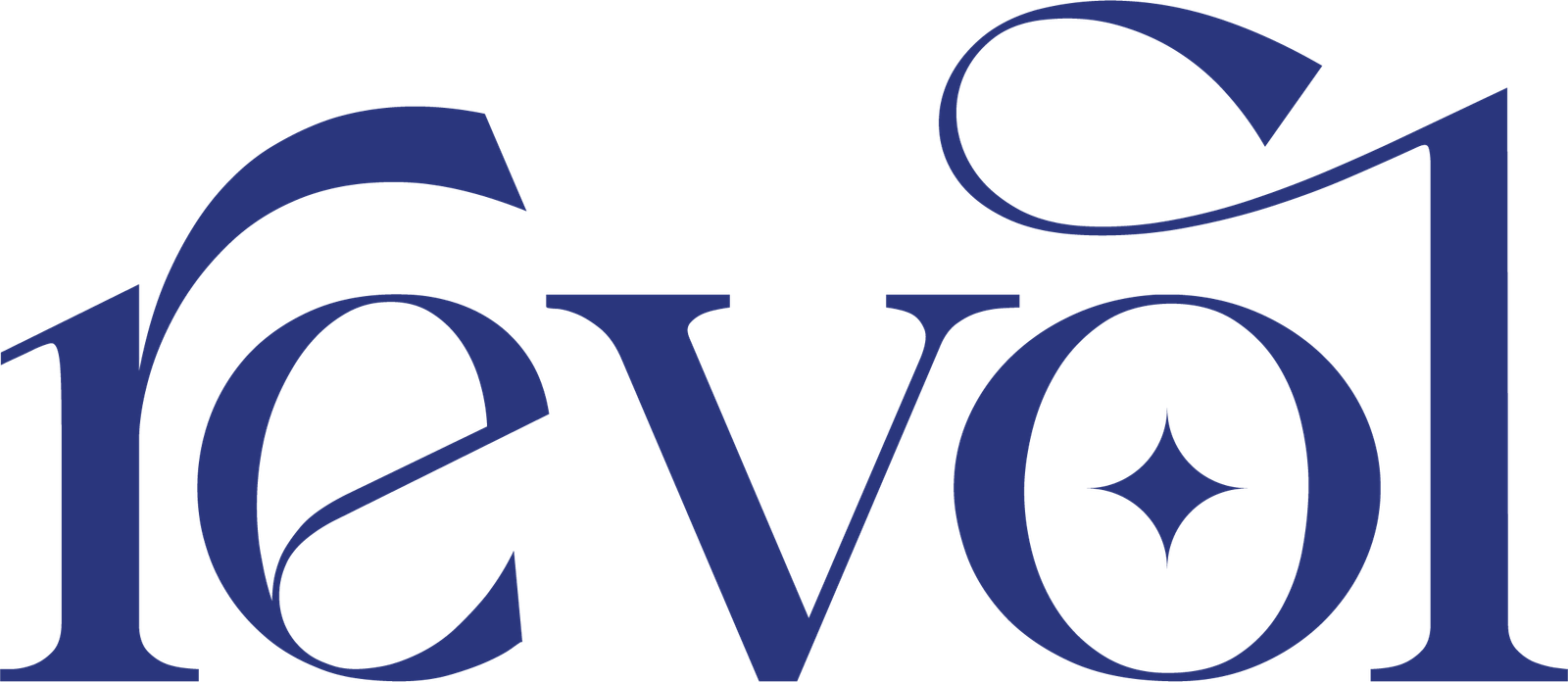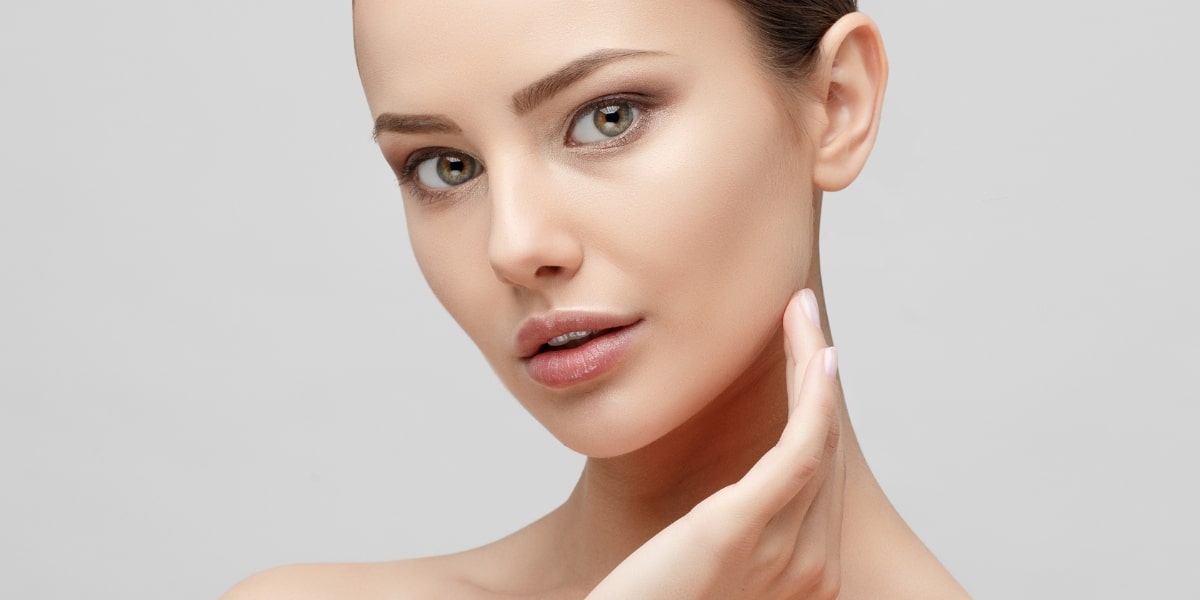Blog
Simple Steps for an Effective Blackhead Removal Routine

Blackheads are hard to ignore. Be it on your nose, chin or cheeks, these black comedones can deteriorate your skin texture and can even lead to breakouts. It’s tough not to go to town on them, especially when they keep showing up and you cannot go knocking at a salon every week. For the good part—you can safely remove them at home. This blackheads removal routine is all you need for easy extraction.
Read more: Best Tips for Radiant Skin
What Are Blackheads?
Blackheads are a type of acne that occur when dead skin cells, oil, and bacteria clog the pores on your skin. They appear as small, dark dots on the surface of the skin and can be found on the nose, chin, and forehead.
Contrary to what is widely believed, blackheads are not the result of dirty pores. They are, in fact, a side effect of clogged sebum. It is when excess oil and dirt get accumulated in the pore and get oxidised because of exposure to air. This makes them dark or black in colour, giving them their name: blackheads.
Read more: How to Close Open Pores
What Causes Blackheads?
Blackheads occur when the pores on your skin become clogged. In each pore there is a hair follicle and an oil gland. These produce sebum to keep your skin soft and hydrated. If you have an excess of sebum it creates a ‘plug’ in the pore that traps bacteria and dead skin cells. A blackhead appears when the plug is still exposed to air on the surface of the skin.
Steps for Blackhead Removal Routine
Now, onto the good stuff. The key to removing blackheads is to keep your pores clean and unclogged. Just follow our simple routine for removing pesky pores once and for all. So pamper yourself…it’ll be worth it to say “see ya later!” to that forehead full of plugs. Here’s a step-by-step guide on how to do just that:
1. Always use gentle cleansers
A cleanser is not a cry for scrub war, just because you have blackheads. Instead, switch to something that is non-stripping and soap-free that cleanses your skin and pores without exacerbating the problem.
2. Regular Exfoliation
Make it a habit to scrub your face at least once a week, and not just when the extraction is due. Doing this will lift dead skin cells and dirt off your pores while allowing it to breathe.
3. Use A Mask
Clay masks are truly God-sent for people whose skin is frequented by blackheads. They control excess sebum and prevent your pores from clogging.
4. Moisturize Well
People with oily or acne-prone skin aka the audience for blackheads holders often villainies moisturizers, because it adds to the greasiness. But, finding the right moisturizer is like finding your skincare soulmate. Because it will deliver hydration as well as prevent your sebaceous glands from working over time.
How To Remove Blackheads At Home?
Be it on your nose, chin or cheeks, gather around and listen closely, because these blackheads removal tips will make your skin do the happy dance.
Step 1: Start With A Clean Face
Before you make a nose dive into the pore-party, it is imperative that you start with clean skin. Our Refreshing Facial Wash eliminates gunk and impurities in the gentlest way. Use lukewarm or warm water while cleansing.
Step 2: Scrub Away
Scrubbing will do two things – clear your skin of dead skin cells as well as soften the skin. Our Clear Pore Facial Scrub is the pore-fect pick for this job. Formulated with the Lactic Acid, Vitamin A (Retinol), Caviar Extract, Argan Oil, Sea Buckthorn Oil, Ceramides, Bamboo Extract, Centella Asiatica (Cica). Remember to apply light to medium pressure, focusing more on areas that need extraction. Wash with lukewarm or warm water.
Step 3: Steam Time
Consider steaming as the last nail in the coffin. Steam your face for a minute or two to loosen up all that hardened oil and dirt in the pores and allow for easy extraction. Once done, take a washcloth and dip it in that hot water. Wring out the excess and use that cloth to trap heat in the affected area. This will ensure that your skin remains soft and the blackhead is less stubborn to extract.
Step 4: Use A Blackhead Removal Tool
When using an extracting tool, use the rounded curved ends to gently press on each side of the blackhead until it begins to release. Apply steady pressure and keep alternating on both sides. Then use a cotton swab to wipe and clean the area. Remember to not go overboard. If a blackhead is particularly stubborn and does not come out easily, then take a deep breath and let it go. Forcefully trying to extract it can damage your skin and cause scarring.
Step 5: Post Extraction Care
Now that your nose feels smoother than ever and your chin is bump-free, the post extraction care will ensure that it stays so for long. Firstly, splash some cold water on your face. This will help with the redness and probable swelling. You can also apply some ice to calm inflammation. Then, gently pat dry and apply an alcohol-free toner.
What are the other Ways to Remove Blackheads?
There are various ways to remove the blackheads. But be careful and have a detailed consultation with your doctor before cleaning blackheads at home using the methods mentioned below:
1. Always Consult a Dermatologist
This is the foundation of your blackhead removal routine. The consultation with a dermatologist ensures an accurate diagnosis and tailored interventions, which may include professional extraction techniques.
2. Proper Extraction Methods:
Refrain from manual extraction methods involving fingers or nails to get rid of blackheads at home. Instead, use specialized extraction tools, applying controlled, even pressure.
3. Pore Strip:
Be careful while using pore strips. If used carelessly, they can remove the essential components of the skin along with the blackheads.
4. Proper Skin Hydration:
This is one of the easiest methods to remove blackheads naturally. Properly moisturize your skin to improve hydration levels and reduce the compensatory surge in oil production.
5. Topical Retinoid:
Use topical retinoids, often available over the counter, to manage the production of skin cells. Topical Retinoid aim to mitigate the accumulation of dead skin cells and thus forestall blackhead development.
6. Vitamin C Application:
Vitamin C formulations function as antioxidants. They help reduce the oxidative impact within clogged pores that render dark color to the blackheads.
7. Skin Brushes:
Skin brushes help exfoliate dead skin, but one should use them cautiously as they can cause skin damage in people with sensitive skin.
8. Proper Makeup Removal Techniques:
You can opt for specialized makeup removal products to stop the coagulation of your pores responsible for blackheads. Consider using lighter foundations, as heavier ones can increase your pore burden.
9. Non-comedogenic Products Can be Your Choice:
Opt for skincare and makeup products explicitly labeled as non-comedogenic to avert the risk of pore obstruction.
10. Microdermabrasion:
Microdermabrasion is a non-invasive dermatological procedure performed by a qualified medical professional or skin care specialist to get rid of blackheads immediately. This technique employs a specialized instrument equipped with a rough surface to abrade the outermost layers of the skin delicately. Microdermabrasion helps in the removal of clogs responsible for the formation of blackheads.
11. Chemical Peels:
Chemical peels are dermatological procedures designed to address blackheads by removing dead skin cells and unclogging pores. A chemical solution is applied to the skin during the procedure, leading to controlled exfoliation. The top layers of the skin gradually peel away, revealing a smoother complexion. One should be careful while using chemical peels. It is better to seek professional advice to determine the most suitable peel type based on your skin type and concerns. Post-peel care, including sun protection and hydration, is essential to minimize potential side effects.
12. Laser and Light Therapies:
This technique employs intense beams of light to target oil production and bacteria beneath the skin, effectively treating blackheads and acne. The treatment is non-invasive and precise, reaching below the skin’s surface without damaging the top layers. Light therapy, including LEDs, modulates oil production and promotes skin healing. Both treatments require multiple sessions and are performed under a dermatologist.
Conclusion
Incorporating a regular, effective blackhead removal routine can make a noticeable difference in the clarity and smoothness of your skin. By following simple steps like cleansing, exfoliating, using targeted masks, and moisturizing, you can tackle blackheads at home without the need for costly salon visits. Remember, consistency is key—maintaining a clean, hydrated, and well-cared-for complexion will prevent blackheads from making a comeback. If you feel unsure or your blackheads persist, don’t hesitate to consult a dermatologist for personalized treatments. With these easy steps and a little patience, you’ll be on your way to smoother, clearer skin in no time!



